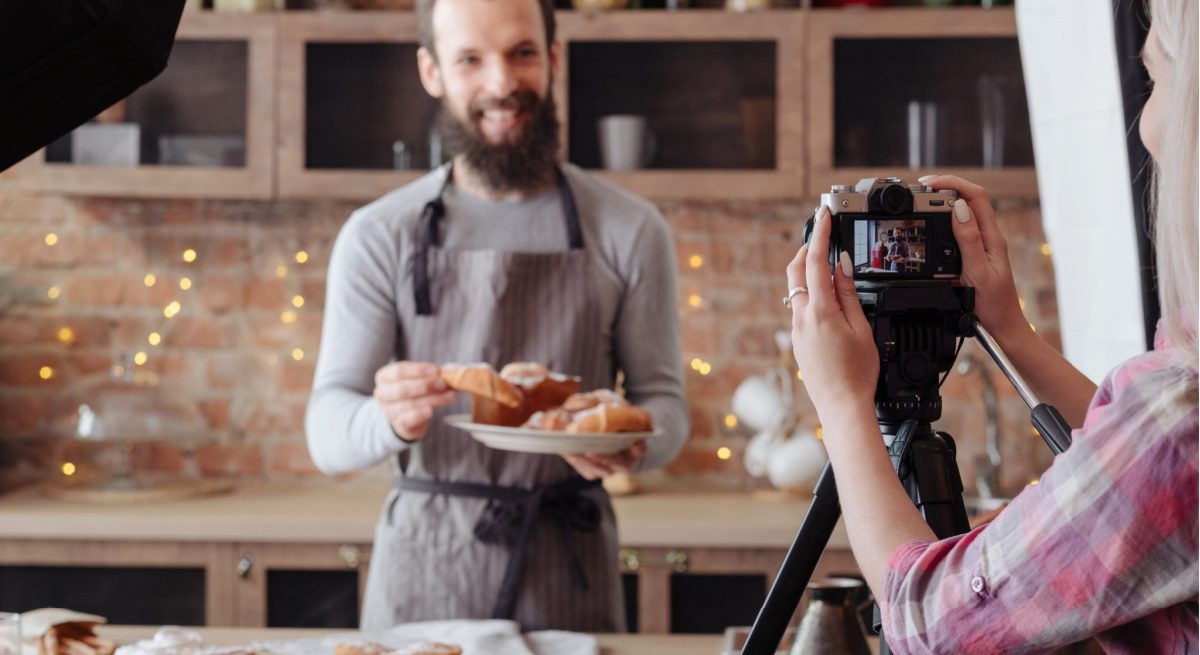Four Innovative Pandemic Restaurant Marketing Strategies that Need to Continue
3 Min Read By Roy Lamphier
Due to the pandemic, restaurants everywhere were forced to examine their marketing strategies, to dig deep into their creative depths, and in many cases, move beyond their typical comfort zones.
Restaurants that closed completely during emergency shut-downs were faced with the challenge of remaining top-of-mind when their patrons weren’t able to dine with them and ways in which to alert them to business changes, among other things. Additionally, they needed a strong communications roadmap to follow as they reopened.
Other restaurants never completely closed but were met with the immense task of sharing new protocols and offerings at a sometimes seemingly dizzying rate, including offerings of curbside pickup, delivery options and revised hours of operation, as well as in implementing preemptive customer safety precautions.
Restaurateurs took to social media en masse to spread their messages and capture their share of audience. They sent creative eblasts to keep customers informed at every turn, partnered with related businesses to promote across audiences and became experts at video production.
Now, after months of restrictions, the doors across the country are swinging open again and restaurants are welcoming patrons into their dining rooms once more, though often at a truncated capacity. The initial inclination is to shift resources away from communications efforts, but restaurants should not abandon the innovative marketing strategies they have developed and executed during the shutdown to survive. These have become an essential part of their brand and marketing mix.
Four standout marketing trends for restaurants that increased during the pandemic and should continue, include:
Cooking Videos
Detroit’s Selden Standard pastry chef launched her own YouTube channel during the shutdown. Lena Sareini engaged new and old customers by producing instructional videos to teach baking and cooking techniques.
These videos offer patrons and would-be guests a behind-the-scenes peek at the restaurant and cultivates a one-on-one relationship with the featured chef. Many chefs filmed these videos in their own homes, inviting the viewers inside to their personal space, which added an additional intimate dimension for the viewer and strengthened the relationship between the customer and the chef and restaurant.
Sharing Recipes
As the expression goes, sharing is caring. Brennan’s of New Orleans shared several of its legendary recipes with visitors to its website and social channels during the COVID-19 pandemic, including inviting children to “surprise Mom with a Brennan’s Breakfast in Bed” on Mother’s Day. The restaurant provided its recipe for Ricotta Pancakes along with a recommendation to “maybe let her sleep in, too.”
Sharing the recipes demonstrates transparency in ingredients and process, while building brand loyalty. Sure, customers may try it at home, but this won’t stop them from craving the original, plus, they now have a recipe that they can pass along to their friends to further spread the restaurant brand.
Family Meal Packages
Companies like Smashburger placed ease and convenience front and center for customers when the company rolled out meal kits for quarantine. The “Take & Make” kits–available in Classic Smash, Smoked Bacon Brisket and Crispy Chicken–provided families the instructions and ingredients to make dinner for four at home. Not only did these prepackaged deals simplify the ordering process for the company, saving time and money, but made ordering a snap for families.
Updating Customer Rewards and Loyalty Programs
Restaurants have been using and evolving these programs for years to help incentivize repeat customers. During the shutdown, restaurateurs revived programs and increased enrollment pushes to entice long and loyal patrons to shift to ordering carry-out and to dip their toes into curbside pickup with a flurry of extra rewards and bonus points.
Chipotle Mexican Grill reported an enrollment increase of 50 percent during the pandemic by leveraging its digital channels to drive ordering, including announcing and snagging naming rights to a virtual esports tournament and a partnership with Uber Eats. Loyalty club members earn points for dollars spent and receive free food when they reach a milestone number of points.
The COVID-19 pandemic has been hard on restaurants across the country. But determined restaurateurs stayed afloat with a lot of hard work and a little innovation. These practices that they developed to survive will continue to help restaurants thrive as the industry moves forward.
When reopening the doors to your restaurant, here are some other things to keep in mind: The key to reopening successfully is the relationships built with customers. People will do way more as a favor than being told what to do. Remember that, and you will do great things in the weeks and months ahead.


